Protecting Coastal Ecosystems After A Hurricane
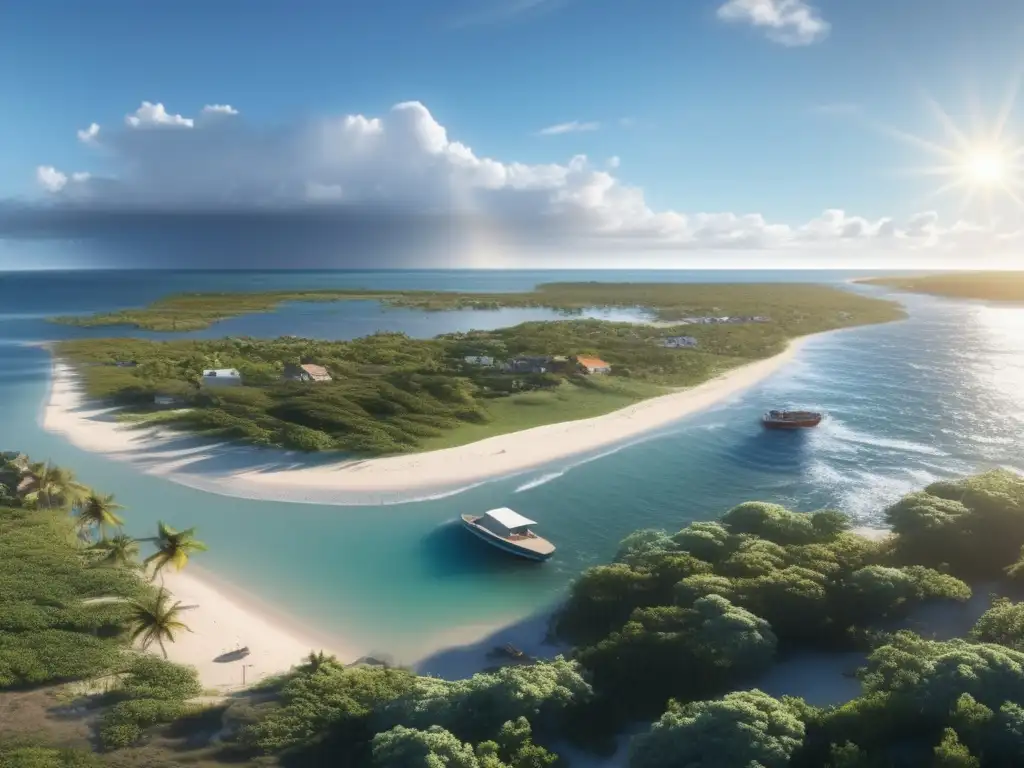
Protecting Coastal Ecosystems After a Hurricane
Introduction
Hurricanes are natural disasters that can cause widespread destruction and devastation. One of the most impacted areas during a hurricane is the coast, which includes beaches, wetlands, and other coastal ecosystems. These ecosystems provide critical habitats for a diverse range of plant and animal species, but they are also vulnerable to damage or destruction during hurricanes. Protecting these ecosystems after a hurricane is therefore essential to maintain their ecological balance and preserve the biodiversity of a region.
The Importance of Coastal Ecosystems

Wetlands
Wetlands are among the most productive ecosystems on Earth. They serve as breeding, feeding, and nesting grounds for a variety of wildlife, including fish, birds, and mammals. Wetlands also play a crucial role in maintaining water quality by filtering pollutants and reducing the amount of sediment and nutrients that reach waterways. Unfortunately, wetlands are particularly vulnerable to hurricanes due to their low-lying location and proximity to coastal waters. The damage done by a hurricane often results in significant ecological losses and can take years to recover fully.
Coral Reefs
Coral reefs are some of the most biodiverse and productive ecosystems in the world. They provide habitats for a vast array of marine life, including over 25% of all known marine species. Coral reefs also act as natural barriers, protecting coastlines from wave erosion and serving as a buffer against storm surges. Unfortunately, coral reefs are also highly susceptible to damage from hurricanes. The high winds and waves associated with these storms can break down reefs and cause widespread damage, which can have severe consequences for the ecosystem and the local economy.
Beaches
Beaches are a critical component of the coastal ecosystem, providing habitats for many species and offering recreational opportunities for visitors. Beaches also protect coastal areas from erosion and storm surges by acting as natural barriers. However, during a hurricane, beaches are often severely damaged or destroyed. This damage can result in the loss of important habitats and lead to increased erosion, which can cause long-term damage to the coastal ecosystem.
Protecting Coastal Ecosystems After a Hurricane
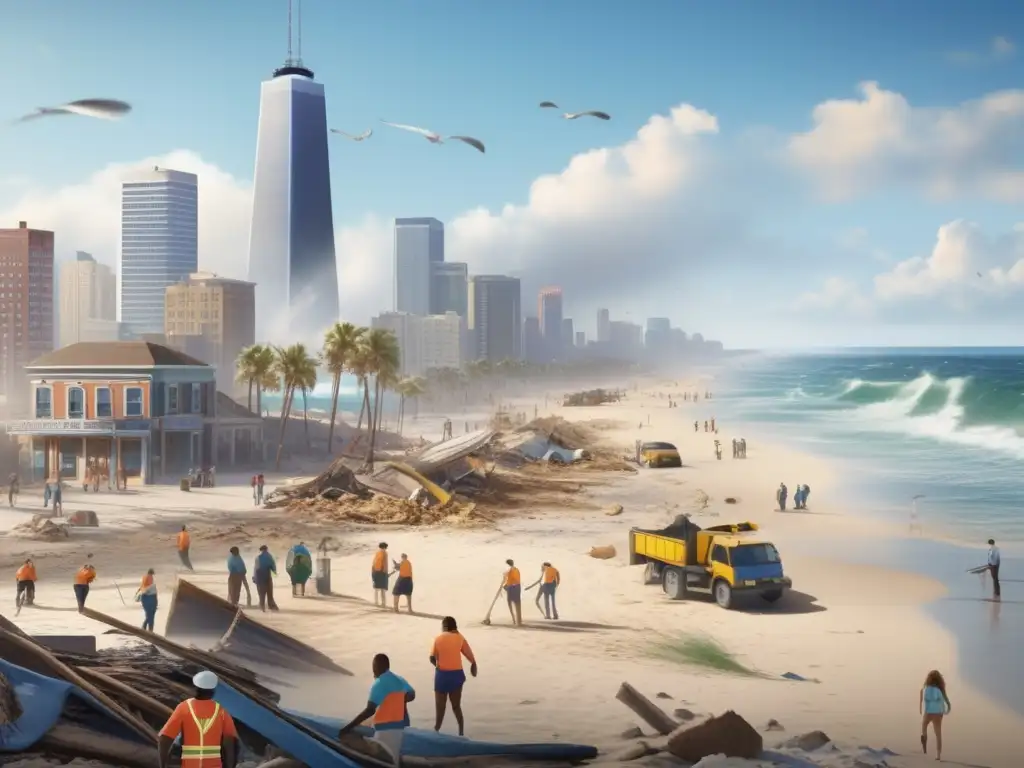
Clean Up and Restoration
After a hurricane, it is essential to clean up and restore damaged coastal ecosystems as quickly as possible. This process involves removing debris and repairing damaged wetlands, coral reefs, and beaches. For example, restoring wetlands may involve removing debris, replanting native vegetation, and allowing the area to naturally recover over time. Coral reef restoration involves removing debris and regrowing damaged corals. Beach restoration typically involves replacing lost sand and restoring beach habitats that were damaged or destroyed during the storm. These efforts help minimize the long-term effects of the hurricane on the ecosystem and promote the recovery of the impacted area.
Mitigating Future Damage
Preventing future damage to coastal ecosystems also involves specific strategies. One effective approach is to establish buffer zones, such as mangrove forests, that can absorb the impact of wind and waves during a storm, protecting coastal areas from erosion and wave damage. Wetland restoration can also help serve this purpose. Another key strategy is to reduce human-made impacts on the coastal environment, including pollution and development projects that disrupt natural habitats. Reducing these impactors will help ensure that coastal ecosystems are better equipped to withstand the effects of hurricanes and other natural disasters.
Coastal Adaptation
Adaptation measures can also play a crucial role in protecting coastal ecosystems after a hurricane. For example, restoring and maintaining the natural barrier of coastal ecosystems can provide significant protection to inland areas from storm surge and flooding. Additionally, infrastructure projects that consider the preservation or restoration of natural habitats can help protect coastal ecosystems while also providing long-term economic benefits to local communities.
Frequently Asked Questions
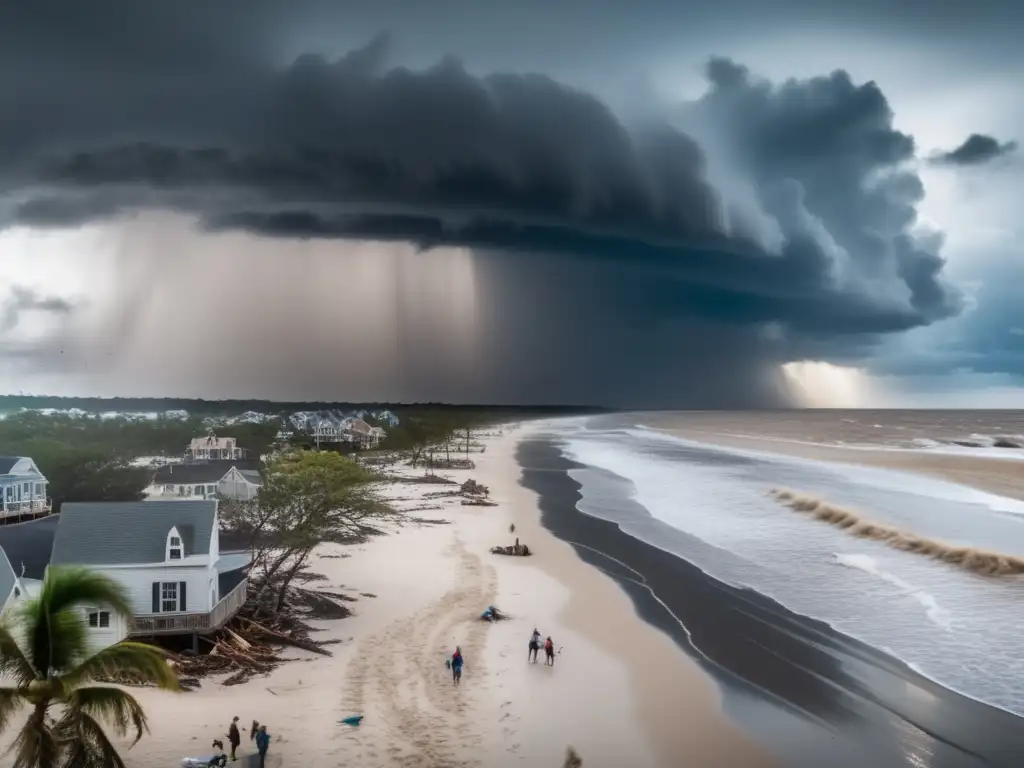
-
How long does it take for a coastal ecosystem to recover after a hurricane?
The recovery time for a coastal ecosystem can vary depending on the severity of the damage. Some ecosystems, such as wetlands, can take years to fully recover, while others, such as beaches, can recover in a matter of months.
-
What is the cost of restoring coastal ecosystems after a hurricane?
The cost of restoring coastal ecosystems after a hurricane can be significant and varies depending on the extent of the damage and the type of ecosystem affected. However, investing in restoration efforts is often more cost-effective over the long term than allowing damaged ecosystems to degrade further.
-
Can coastal ecosystems be protected from hurricanes?
While coastal ecosystems cannot be entirely protected from hurricanes, taking steps to restore and mitigate damage can help minimize the impact of these storms. Reducing human-made impacts on the coastal environment can also help build resilience in these ecosystems.
-
How can individuals help protect coastal ecosystems after a hurricane?
Individuals can contribute to protecting coastal ecosystems after a hurricane by volunteering with cleanup and restoration efforts or supporting organizations that work to preserve these habitats. Individuals can also help reduce their impact on the environment by reducing energy consumption and waste.
-
What is the long-term impact of not protecting coastal ecosystems after a hurricane?
The long-term impact of not protecting coastal ecosystems after a hurricane can be significant and have far-reaching consequences. This impact includes loss of biodiversity, coastal erosion, and water quality issues, among others.
Conclusion
Protecting coastal ecosystems after a hurricane is essential to preserve the ecological balance and biodiversity of these areas. Wetlands, coral reefs, and beaches are among the most impacted ecosystems during a hurricane, but they also play critical roles in supporting a vast array of plant and animal species and providing essential ecological functions. It is crucial to implement strategies that can help mitigate damage from hurricanes, such as restoration efforts, reducing human-made impacts on the environment, and promoting coastal adaptation. By taking these steps, we can help ensure that coastal ecosystems remain resilient in the face of future challenges.
In conclusion, the protection of coastal ecosystems is a collective responsibility, and everyone must contribute to preserving and restoring them. For those living in hurricane-prone areas, it is vital to prepare for the impact of hurricanes and to take steps to reduce their impact on the environment. The information provided in this article is relevant not only to those in coastal areas but also to anyone interested in preserving our natural habitats. We encourage the reader to share their thoughts in the comments section and engage positively with HurricaneInsider.org by subscribing or sharing this article on social media. Thank you for your time and attention!
Additional Resources
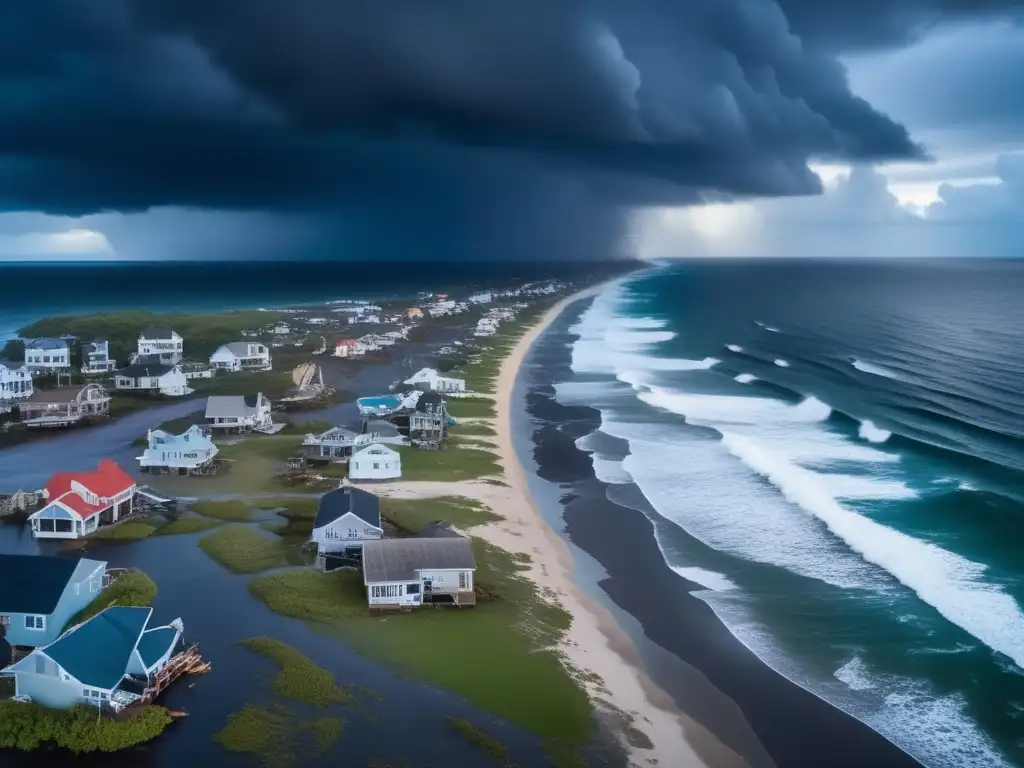
- EPA: Recovering from Hurricane Damage: Restore Wetlands
- NOAA: Protecting Coral Reefs
- NPS: Beach Restoration
 Securing Your Property: Theft Prevention Post-Hurricane
Securing Your Property: Theft Prevention Post-Hurricane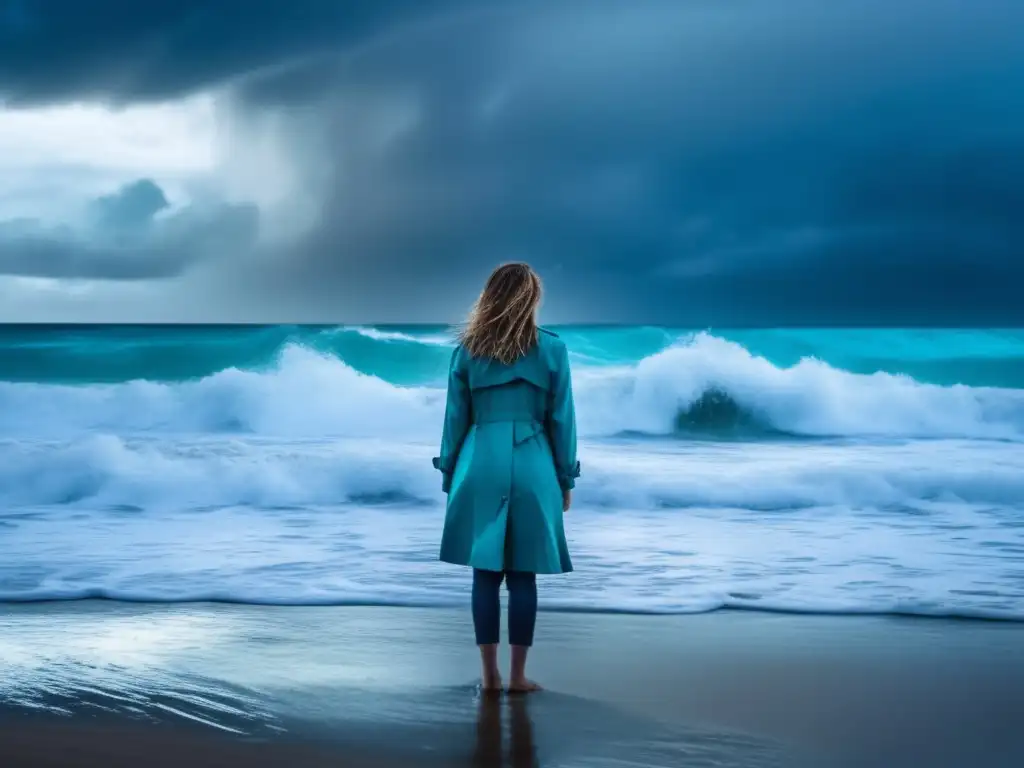 Recognizing And Combating Post-Hurricane Depression
Recognizing And Combating Post-Hurricane Depression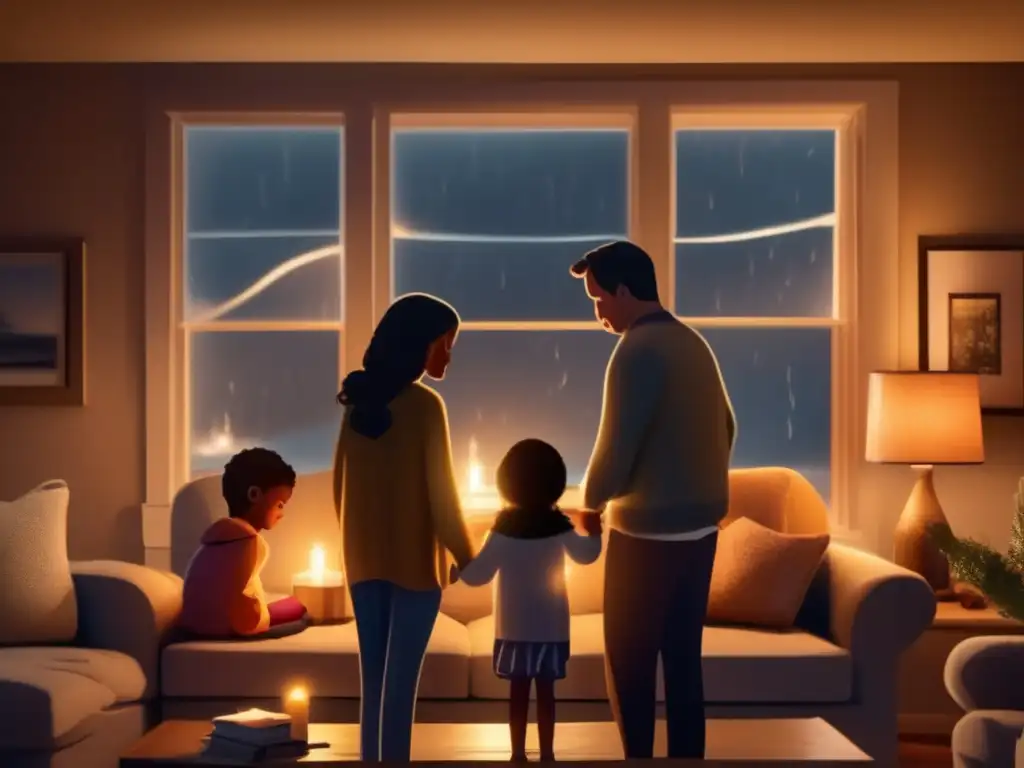 Family Preparedness: Developing A Post-Hurricane Family Plan
Family Preparedness: Developing A Post-Hurricane Family PlanIf you want to discover more articles similar to Protecting Coastal Ecosystems After A Hurricane, you can visit the Hurricane recovery: category.
Leave a Reply

Articulos relacionados: